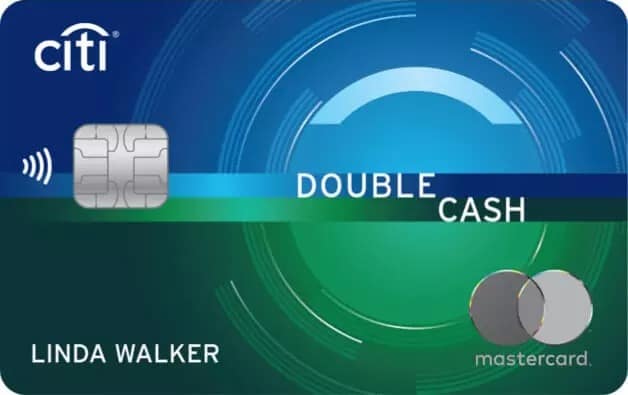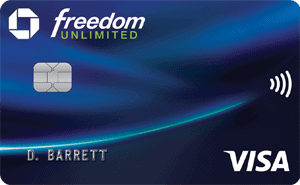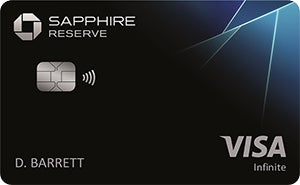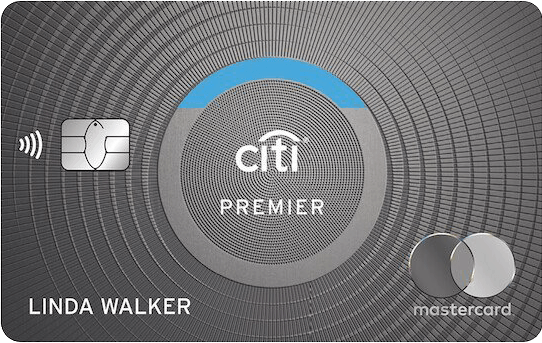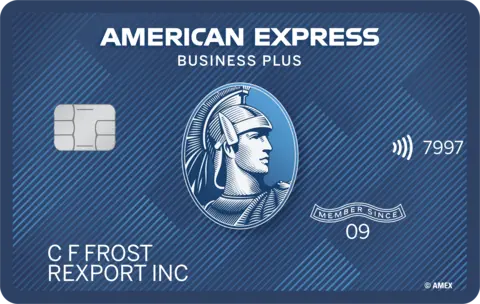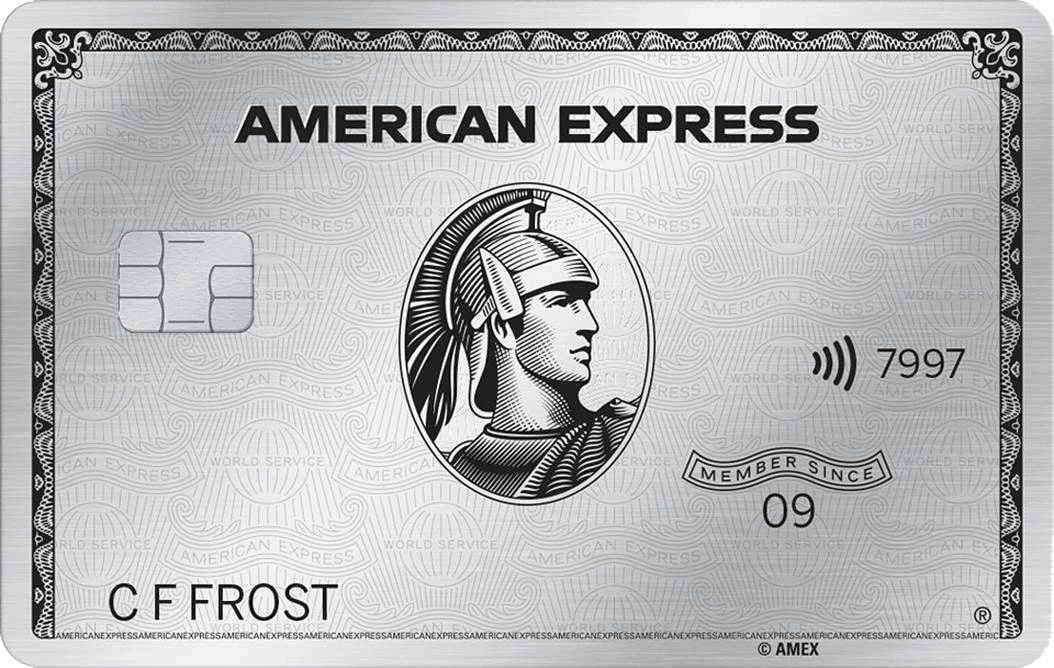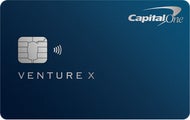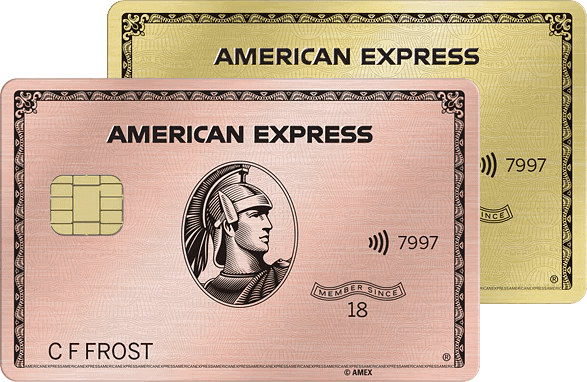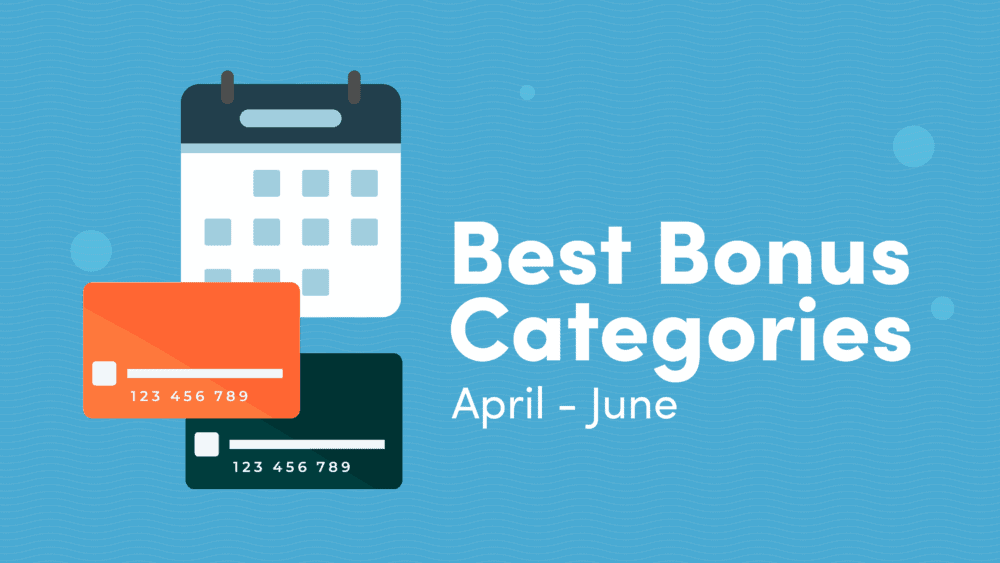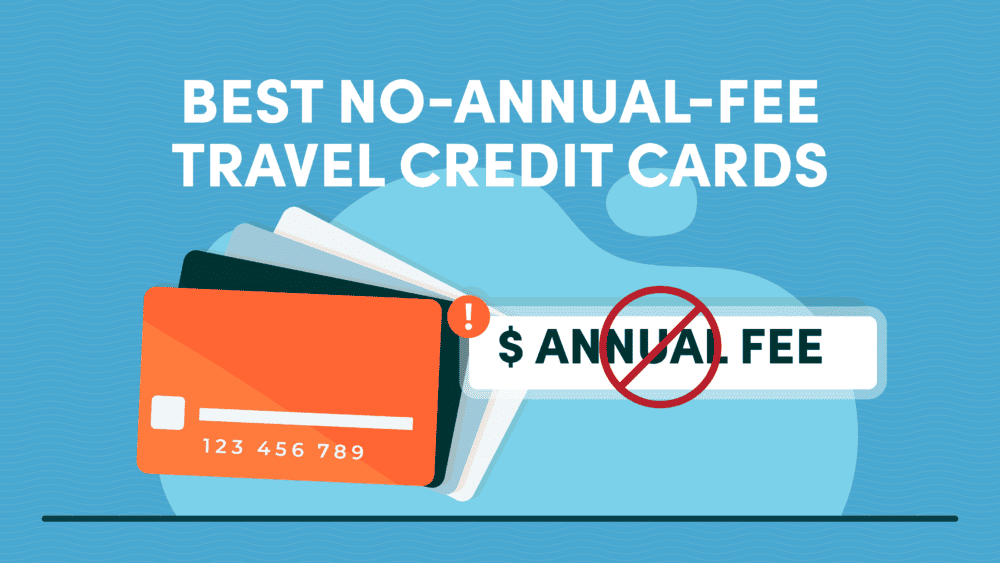
10xTravel is part of an affiliate sales network and receives compensation for sending traffic to partner sites, such as CreditCards.com. This compensation may impact how and where links appear on this site. This site does not include all financial companies or all available financial offers. Terms apply to American Express benefits and offers. Enrollment may be required for select American Express benefits and offers. Visit americanexpress.com to learn more.
Note: Some of the offers mentioned below may have changed or may no longer be available. The content on this page is accurate as of the posting date; however, some of our partner offers may have expired. You can view current offers here.
Rewards credit card enthusiasts collect three types of currency in pursuit of a rebate on travel expenses or merchandise costs: airline miles/hotel points, bank points and cash back. Both airline and hotel rewards have a place in this crazy hobby, as do flexible bank points, so we’ll cover all the bases in this article.
In terms of rewards credit cards, the world has divided into two frenemy camps: rewards points or cash back. It’s almost as if you’re backed into a corner forced to choose between Edward and Jacob or Heidi and LC.
The truth is, you don’t have to choose sides and can easily earn either or both kinds of credit card rewards. However, it’s important to know the value you get and the opportunity cost associated with each earning method because one is almost always going to be more lucrative than the other.
The Difference Between Cash Back and Points
Although both offer a reward on your spending, cash back and points aren’t worth the same. In many cases, cash back is a rebate on your purchase and points are a reward for your purchase. We’ll explain this in better detail below.
What Is a Cashback Credit Card?
Cashback credit cards are quite popular among today’s consumers because they put a small percentage of your purchase amount back in your wallet. The most popular cashback cards are the Prime Visa, the Costco Anywhere Visa® Card by Citi and the Capital One Quicksilver Cash Rewards Credit Card.
Some cashback cards offer a fixed return on every purchase, such as the Citi® Double Cash Card or the Chase Freedom Unlimited® that earn 2% (1% when you make a purchase and 1% when you pay for those purchases) and 1.5% back on all spending, respectively.
Others offer a flat reward on every purchase plus an increased cash back in certain spending categories, such as the Chase Freedom Flex℠ or the Discover it Cash Back cards that both earn 5% back in rotating bonus categories and 1% back on all other purchases.

cash back or points
Capital One Quicksilver Cash Rewards Credit Card
$200
Cash Back
after you spend $500 in the first 3 months
How Cash Back Works
Cashback rewards are usually fixed and don’t increase in value. For example, with the Citi Double Cash Card, you earn 2% cash back on every single purchase—1% when you pay and another 1% after you pay your bill. In other words, you get 2 cents back for every dollar you spend.
You can redeem your rewards in the form of a statement credit that applies directly to your bill. In some cases, you can request a deposit to your bank in the amount of the accumulated rewards. Sometimes you can exchange your cash back for merchant gift cards. However, no matter what redemption method you pick, your rewards are always worth the same—no more and no less.
Keep in mind that with some rewards programs, cash back can be converted to that bank’s rewards points and used to book travel directly with that bank’s travel partners.
Examples of this include the Chase Freedom Flex℠ and the Chase Freedom Unlimited® cards. On their own, these cards earn cash back. However, when held in conjunction with premium Chase credits cards, such as the Chase Sapphire Preferred® Card or the Chase Sapphire Reserve®, the rewards can be turned into Ultimate Rewards.
Same logic applies to the Citi Double Cash Card or the Citi Custom Cash Card. Both of these cards earn cash back, but if you also hold the Citi Premier Card, then you can convert cash back into Citi ThankYou Points and transfer them to Citi’s airline partners.
Finally, if you hold American Express cashback cards, such as The Blue Business® Plus Credit Card from American Express or the Amex EveryDay Credit Card, feel free to combine your rewards with Membership Rewards points and earn a more valuable currency than cash back whose value is capped.
$200 cash back
after you spend $1,500 on purchases in the first 6 months of account opening. This bonus offer will be fulfilled as 20,000 ThankYou® Points, which can be redeemed for $200 cash back.
Pros of Cashback Credit Cards
No Annual Fees
Although this isn’t true across the board, most cashback credit cards don’t charge annual fees, and it’s their best feature. This allows you to hold a card for years without paying membership fees and increase your average age of accounts as a result.
Understandably, many credit card holders shy away from annual fees. Although it’s easy to offset those costs by using enough benefits of the card, you don’t have to worry about this with cashback cards. This means you don’t have to earn a specific reward amount annually to make the card worth keeping—it’s free.
Earn an additional 1.5% cash back on everything you buy
(on up to $20,000 spent in the first year) - worth up to $300 cash back!
Promotional Periods with No Interest
Promotional 0% APR is another great benefit of cashback cards. Make sure to check the terms before you apply, but some cards offer 12 to 18 months of no-interest purchases. It means that you can charge something expensive to your new card and then have a year or longer to pay off your purchase without paying interest.
Keep in mind that we don’t recommend buying anything you can’t afford unless you’re certain you can pay off the balance before interest kicks in. However, this could be a good strategy to buy time and keep some cash in your bank account while you pay off a large purchase.
$200
Bonus
after you spend $500 on purchases in your first 3 months from account opening
Easy to Understand
Another popular perk of cashback cards is that using their rewards is simple. You get either a statement credit or a deposit to your bank account, and the rewards are worth the same amount, usually 1 cent per point.
You don’t have to learn a complicated transfer program or how to maximize the points earned. Most of this stuff is automated and made easy to understand for a consumer.
Chase Sapphire Preferred® Card
60,000
bonus points
after you spend $4,000 on purchases in the first 3 months of account opening.
Annual Fee: $95
Cons of Cashback Cards
Low Return on Rewards
The simplicity of cashback cards is also their hidden downside. Just because the rewards structure is easy to understand, it doesn’t mean it’s the best way to go. Putting your time into learning transfer partners of travel rewards programs will yield a higher reward potential—a much higher potential.
Cashback cards don’t offer a way to increase the value of your rewards. What you see is what you get, and it’s both attractive and undesirable at the same time.
60,000
Chase Ultimate Rewards® Points
after you spend $4,000 in 3 months
Annual Fee: $550
Earning Caps on Bonus Categories
Although earning 5% cash back in a specific bonus category is great, more often than not elevated rewards have monthly or quarterly spending caps.
For example, the Discover it Cash Back and the Chase Freedom Flex℠ cards limit their 5% rewards to the first $1,500 spent per quarter. The Citi Custom Cash Card also limits its 5% reward to the first $500 spent monthly.
Most cards that earn a flat 1% to 2% back don’t set rewards caps, but the earning rates are much lower in those cases.
60,000
Citi ThankYou Points
after making $4,000 in purchases with your card within the first 3 months of account opening. Plus, for a limited time, earn a total of 10 ThankYou® Points per $1 spent on hotel, car rentals, and attractions (excluding air travel) booked on the Citi Travel℠ portal through June 30, 2024.
Annual Fee: $95
Foreign Transaction Fees
Paying no annual fees is great and all, but cashback cards often come with foreign transaction fees that creep up behind you like a scary monster before you even start screaming, “Hello?” into the echoing emptiness.
These charges show up on your bill after you unawarely use the card in a foreign country, and the excuse “I didn’t know” isn’t going to fly with your bank when you call an agent requesting to remove the fees.
Foreign transaction fees can be as high as 3% of each transaction made overseas. This means that for every $100 spent outside of the United States, you’ll pay $3 just for using a card that doesn’t waive foreign transaction fees. Make sure to read over the rates and fees section before swiping your card abroad.
The Blue Business® Plus Credit Card from American Express
15,000
Membership Rewards®
after you spend $3,000 in eligible purchases on the Card within your first 3 months of Card Membership
Terms Apply. | Rates & Fees.
How Points Cards Work
When we talk about “points,” we include two rewards subcategories: airline miles or hotel points, and transferrable bank points.
One way to earn airline and hotel rewards, such as Delta SkyMiles or Hilton Honors points, is by flying your favorite airline or staying at your favorite hotel chain. Another way to earn these rewards is by using a co-branded credit card affiliated with that specific airline or hotel. In most cases, your rewards are tied to that loyalty program and there’s not a whole lot of flexibility when redeeming them.
Sure, your Delta SkyMiles aren’t restricted to Delta Air Lines flights exclusively. However, your miles are stuck in the Delta SkyMiles program, which you can’t transfer anywhere, and you’re at the mercy of Delta’s inconsistent redemption rates when looking to use the miles for an award flight.

When it comes to bank points, such as Capital One Venture Miles, American Express Membership Rewards, Chase Ultimate Rewards and Citi ThankYou Points, you earn a more valuable currency.
All these bank points offer flexibility in how you redeem them. You can use flexible rewards to book travel via each bank’s travel portal, transfer them to a partnering loyalty program or even use them as cash back if you prefer (which is not the best use of these points).
If you’re seeking to extract the most value out of your bank points, you’ll want to transfer them to an airline or a hotel partner to book expensive airfare or hotel rooms. And because banks typically partner with multiple travel partners, you have more control in how you redeem your points.
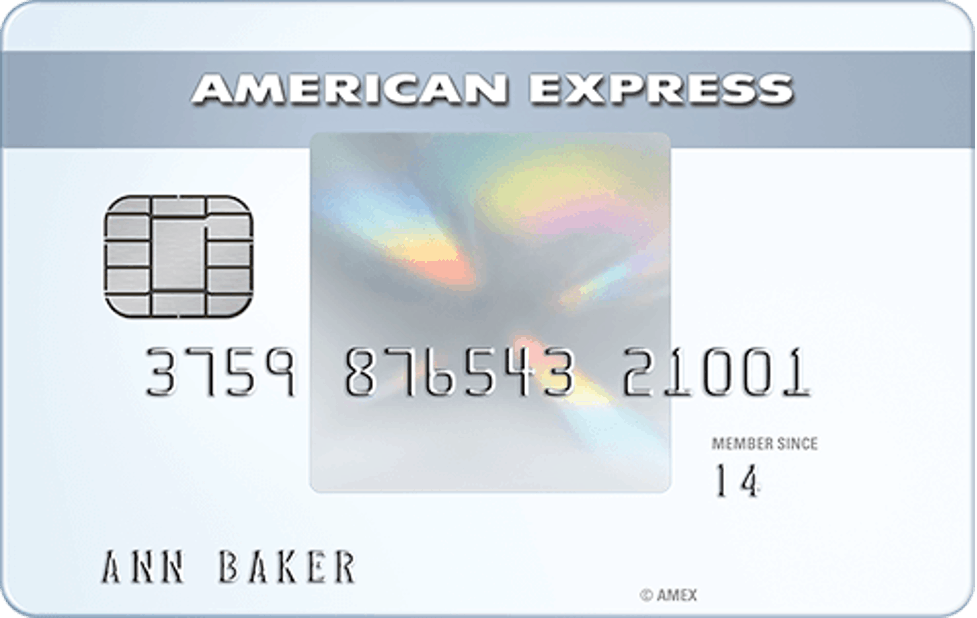
The Amex EveryDay® Card
10,000
American Express Membership Rewards Points
after you spend $2,000 in the first 6 months. Terms Apply. All information about The Amex EveryDay® Credit Card has been collected independently by 10xTravel. The Amex EveryDay® Credit Card is no longer available through 10xTravel.
Terms Apply.
Pros of Points Cards
High Welcome Bonuses
Travel rewards credit cards typically offer new applicants large welcome bonuses with high monetary value. We’ve seen these bonuses go as high as 80,000 ThankYou Points on the Citi Premier Card, 100,000 Chase Ultimate Rewards on the Chase Sapphire Preferred® Card and 150,000 Amex Membership Rewards on The Platinum Card® from American Express.
The welcome offers above are worth anywhere from $800 to $1,500 or more when used strategically. Compared to cashback card welcome offers of no more than $200 (and sometimes no offer at all), these are huge.
$200
Bonus
after you spend $500 on purchases in your first 3 months from account opening
Travel Perks
Depending on the card you apply for and the annual fee that comes with it, you can get access to some useful travel perks, such as trip and baggage delay protections, auto rental collision damage waiver, airport lounge access and even annual travel credits. The higher the fee, the more benefits you receive as a cardmember.

Increased Value from Your Rewards
As mentioned above, rewards that you earn with cashback cards can be limited, especially in bonus categories, and the value is predetermined.
Points cards rarely limit how many points or miles you can earn in a month, and the value of the rewards you earn can outsize one cent per point easily. In some instances, especially when booking flights in a premium cabin, you can get as much as 10 cents per point in value and even more once you master the art of booking award flights.
$200
cash back
Earn $200 cash back after you spend $1,500 on purchases in the first 6 months of account opening. This bonus offer will be fulfilled as 20,000 ThankYou® Points, which can be redeemed for $200 cash back. Special Travel Offer: Earn an additional 4% cash back on hotels, car rentals, and attractions booked on Citi Travel℠ portal through 6/30/2025.
Cons of Points Cards
Annual Fees
Many cashback cards cost nothing to keep year after year, but the most rewarding travel credit cards have annual fees—some as high as $695. Yup, a card’s annual fee is as expensive as a plane ticket from the United States to Europe or a nosebleed-seat ticket to the World Series. However, if you play your cards right and take advantage of the perks, you can offset these fees every year and justify keeping premium cards.
Potential Devaluations
Just like passengers’ jumping out of their seats and reaching for their bags before you’re even at the gate, loyalty program devaluations are inevitable.
The airline miles you’ve been collecting for years for that special trip are no longer worth what they used to be when you started collecting them. Unfortunately, this happens. Sometimes you get a heads-up from an airline. Other times, you wake up, and that award ticket you wanted to book costs way more in miles.
The best way to avoid this is to focus on flexible rewards instead of airline miles in a specific program. Another strategy to help devaluations sting less is to earn and burn your rewards quickly. Don’t sit on your miles for years without a plan.
Learning Curve
It takes skill to learn anything useful in life, and it takes time to hone that skill. As with most things, mastering award bookings is a process that requires practice. LeBron James didn’t become King James overnight, and you’re not going to wake up to be the king or queen of award bookings, either.
You’re going to have to put in time to learn about how airline alliances work, how you can transfer points to loyalty programs and pay attention to which points you can use to book flights on a specific carrier.
Cash back is easy, yes, but that’s why your reward can be so much more valuable if you learn to use points for something other than a statement credit or a merchant gift card.

The Platinum Card® from American Express
80,000
Membership Rewards® Points
after you spend $8,000 on purchases in your first 6 months of Card Membership.
Annual Fee: $695 Terms Apply. | Rates & Fees.
Should You Choose a Cashback or a Points Card?
If you’re seeking to earn low-maintenance, easy-to-redeem rewards without travel perks, cashback credit cards are meant for you. For more meaningful rewards in the form of heavily discounted flights or hotel rooms, we recommend travel points cards.
However, there’s no reason to choose just one type of credit-card rewards. It’s like having to pick between crunchy and soft tacos. In the words of a little girl from the famous internet meme, “Why not both?” She definitely gets it. In many circumstances, cashback cards complement points cards with more ways to earn flexible points.
Let’s take a look at a few Chase credit cards as an example.
The Chase Freedom Flex℠ and the Chase Freedom Unlimited® credit cards earn cash back. The Chase Sapphire Preferred® Card earns transferrable bank points. However, if you hold one of the Freedom cards and the Chase Sapphire Preferred® Card, you’re free to combine points between two accounts into one and convert cash back to Chase Ultimate Rewards.
So, by holding all three cards, you will earn 5X points on rotating categories with the Freedom Flex, 3X points per dollar spent on dining and at drugstores with either Freedom card, 2X points on travel with the Chase Sapphire Preferred and 1.5X points on all other purchases with the Freedom Unlimited card.
Implementing this strategy helps you earn flexible rewards faster than if you held only the Chase Sapphire Preferred® Card, which earns 2X points per dollar spent on travel and 3X points per dollar on dining and 1X per dollar spent on everything else.
The aforementioned approach of combining cash back with transferable points to increase cash rewards’ value is an option with American Express cards and Citi cards as well.
Final Thoughts
When picking a rewards card, set your priorities first. Do you want to get a discount on every purchase you make in the form of cash back? Or do you want to increase the quality or maybe even the frequency of your trips?
A cashback card is going to be easy to understand, but the rewards’ value is fixed without an option to increase it. A travel rewards credit card is going to provide more value, but it’s also going to take a bit more time to understand all the nuances of how the rewards work and how to increase their value.
No matter what, your choice of rewards is going to prevail over no rewards when you use cash or a debit card to pay for everyday purchases. In most cases, though, you don’t have to choose between a cashback card and a points card. Trust us. There is room in your wallet for both types of rewards.
New to the world of points and miles? The Chase Sapphire Preferred® Card is the best card to start with.
With a bonus of 60,000 bonus points after you spend $4,000 on purchases in the first 3 months of account opening. , 5x points on travel booked through the Chase Travel Portal and 3x points on restaurants, streaming services, and online groceries (excluding Target, Walmart, and wholesale clubs), this card truly cannot be beat for getting started!
Editors Note: Opinions expressed here are author’s alone, not those of any bank, credit card issuer, hotel, airline, or other entity. This content has not been reviewed, approved or otherwise endorsed by any of the entities included within the post.




